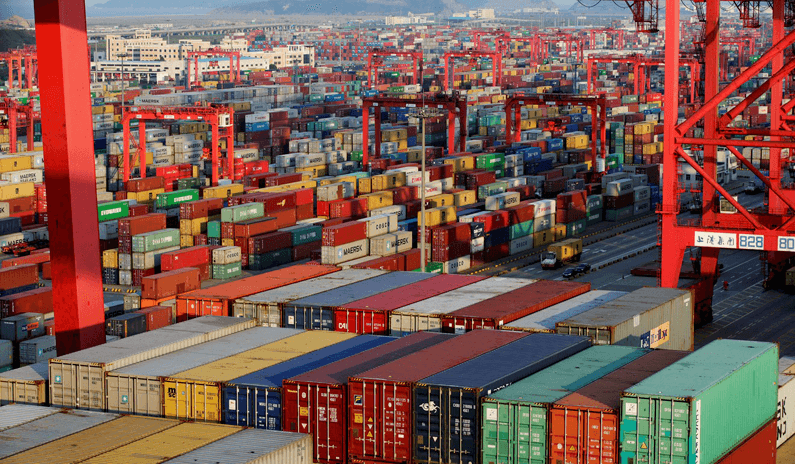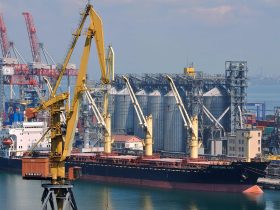
Solomon Islands’s main exported goods
The Solomon Islands, a nation located in the South Pacific, is primarily an export-driven economy, relying heavily on its natural resources. The country’s main exported goods include timber, fish, copra, palm oil, and cocoa, reflecting its rich biodiversity and agricultural strengths.
Timber and Forestry Products
Timber is the Solomon Islands’ leading export commodity. The nation’s abundant forests, particularly in Guadalcanal, Malaita, and Western provinces, provide hardwoods such as teak, mahogany, and tropical timbers. Logging activities have long been the backbone of the economy, with the majority of timber exports destined for China and other Asian markets. However, unsustainable logging practices have raised concerns about environmental degradation and the need for sustainable management.
Fish and Marine Resources
The Solomon Islands boasts one of the world’s richest marine ecosystems, making fish another major export product. Tuna, specifically skipjack and yellowfin, is the primary marine export. The fishing industry supplies fresh, frozen, and canned tuna to global markets, particularly Japan, the European Union, and the United States. The fishery sector contributes significantly to employment and foreign exchange earnings.
Agricultural Exports
Agricultural products, such as copra, palm oil, and cocoa, form the third pillar of the Solomon Islands’ export economy.
1. Copra: Derived from dried coconut meat, copra is used in producing coconut oil and animal feed. It is a traditional export that supports smallholder farmers, with markets in Asia and the Pacific.
2. Palm Oil: Produced in large-scale plantations, palm oil is a growing export. It is mainly sold to markets in Europe and Asia, where it is used in food products, cosmetics, and biofuels.
3. Cocoa: High-quality cocoa beans are another significant export. The Solomon Islands’ cocoa is sought after for its unique flavor profile and is exported to chocolate manufacturers in countries such as Australia and New Zealand.
Other Exports
Beyond these primary commodities, the Solomon Islands also exports small quantities of minerals, such as gold. Gold mining operations, particularly from Gold Ridge, contribute to the export portfolio. Additionally, exports of handicrafts, shell money, and niche products, while small in scale, highlight the nation’s cultural heritage.
Challenges and Opportunities
While these goods provide vital economic sustenance, the Solomon Islands faces challenges such as over-reliance on natural resource exports, fluctuating global commodity prices, and environmental concerns. Diversification into other sectors, such as eco-tourism and sustainable agriculture, could strengthen the economy.
In summary, the Solomon Islands’ main exports—timber, fish, copra, palm oil, and cocoa—are emblematic of its natural wealth. However, managing these resources sustainably and diversifying export offerings are key to securing long-term economic stability and growth.



Leave a Reply